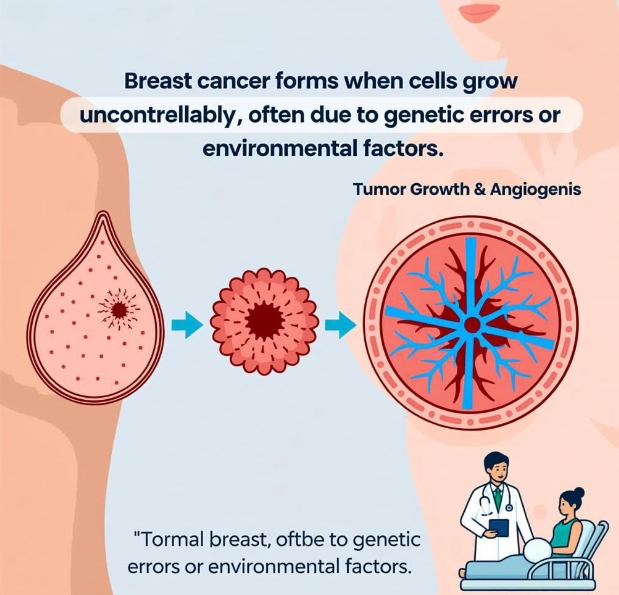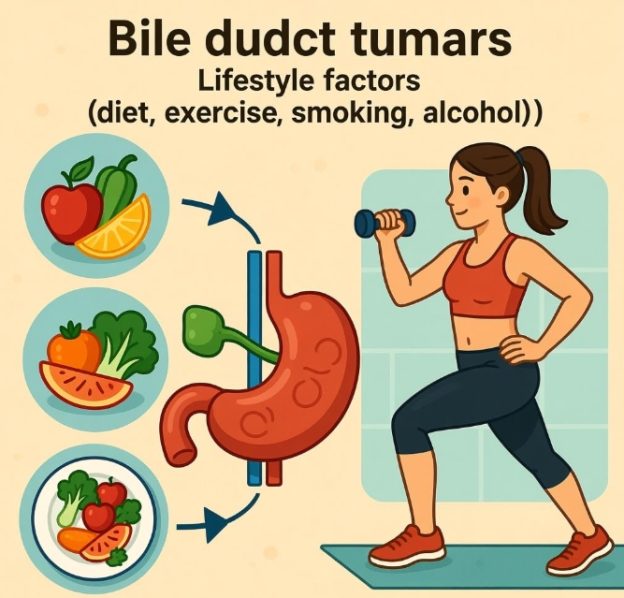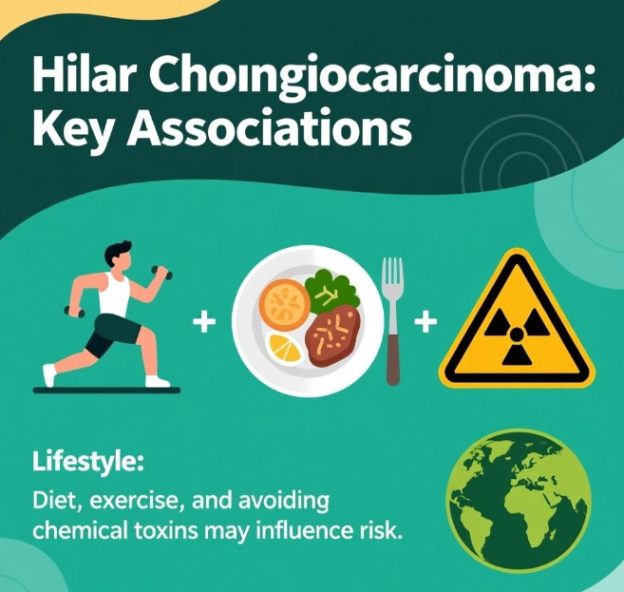Breast cancer arises from the terminal duct-lobular unit and may remain in-situ or invade surrounding tissue. Symptom patterns reflect tumour biology, anatomical location, and host response. Early recognition improves oncological outcome; therefore, any new, persistent breast change warrants triple assessment.
- Painless palpable mass
A solitary, firm-to-hard nodule with irregular or spiculated borders is most common. Fixation to pectoral fascia or skin reduces mobility and creates tethering. - Nipple-areolar changes
Recent nipple inversion, persistent eczematous scaling (Paget disease), or spontaneous serosanguinous/bloody discharge indicates underlying malignancy. Ulceration or fungation denotes locally advanced disease. - Skin alterations
Dimpling along Cooper ligaments, peau d’orange from lymphatic obstruction, or erythematous induration covering > one-third of the breast (inflammatory carcinoma) are pathognomonic signs. - Axillary and supraclavicular lymphadenopathy
Firm, non-tender, matted nodes ≥1 cm imply regional metastasis; fixation to skin or deep structures signals extra-nodal extension. - Constitutional features
Unintentional weight loss >5 % within 6 months, persistent fatigue, and low-grade night sweats reflect tumour cachexia and cytokine release. - Metastatic syndromes
Bone: pathological fracture or intractable pain from lytic lesions.
Lung: productive cough, pleuritic pain, or malignant pleural effusion.
Liver: right-upper-quadrant discomfort, hepatomegaly, or cholestasis.
Brain: progressive headache, focal neurological deficits, or seizures. - Paraneoplastic signs
Dermatomyositis, hypertrophic osteoarthropathy, or thrombophlebitis migrans may precede overt tumour detection and mandate systemic evaluation.
| Symptom / Sign | Typical Presentation |
|---|---|
| Palpable mass | Firm, irregular, painless, may be fixed |
| Nipple changes | Inversion, eczema, bloody discharge |
| Skin signs | Dimpling, peau d’orange, erythema |
| Lymph nodes | Firm, matted, axillary/supraclavicular |
| Constitutional | Weight loss, fatigue, night sweats |
| Bone metastasis | Bone pain, pathological fracture |
| Lung metastasis | Cough, pleuritic pain, effusion |
| Liver metastasis | RUQ discomfort, hepatomegaly |
| Brain metastasis | Headache, focal deficits, seizures |
| Paraneoplastic | Dermatomyositis, thrombophlebitis |


